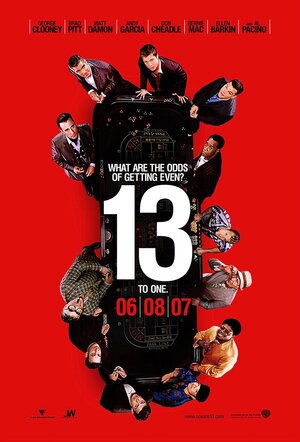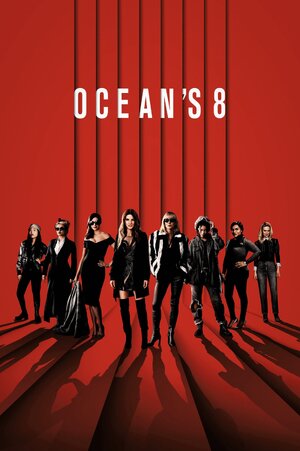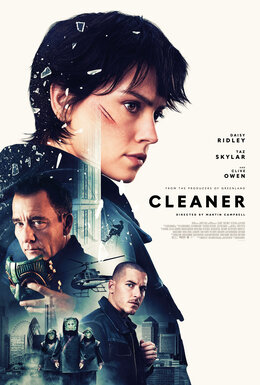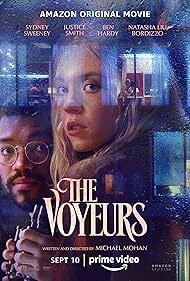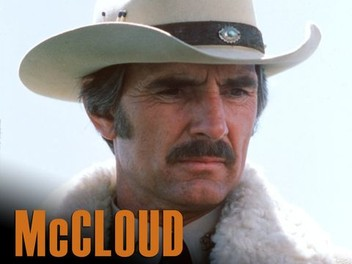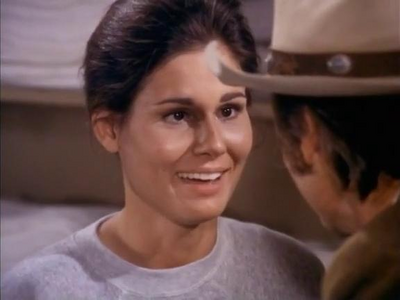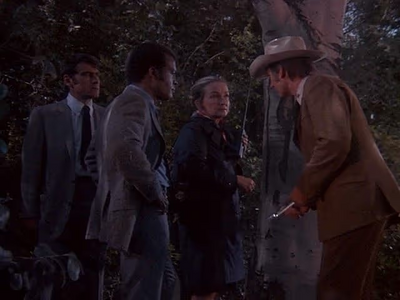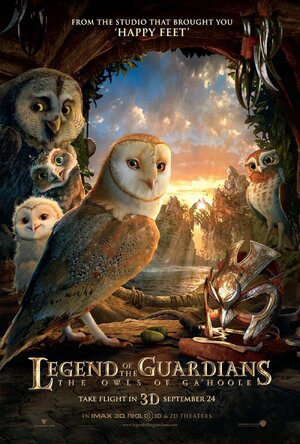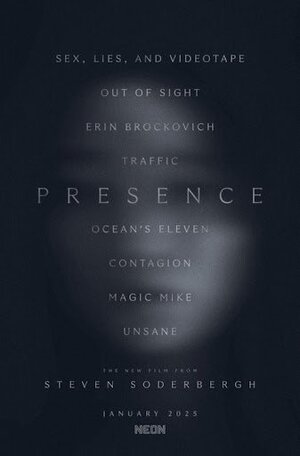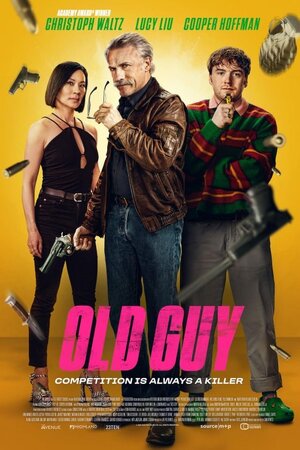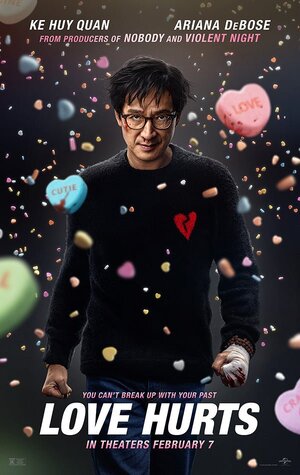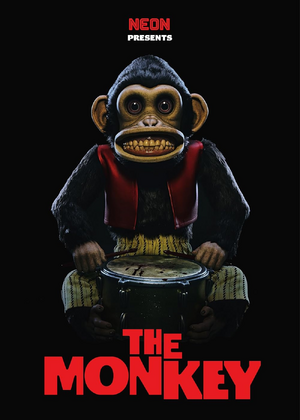Milk Tray Guy
70s Man of Action
- Joined
- Feb 18, 2017
- Messages
- 19,934
- Reaction score
- 10,574
- Points
- 103
Mark of the Vampire (1935)
Director Tod Browning and Bela Lugosi return to gothic 'vampire horror' after their successful Dracula in 1931. Here, in Czechoslovakia the death of a leading citizen is ascribed by the attending physician as due to extreme blood loss - which he believes is the work of a vampire. As the police dismiss the idea and set to work seeking out the perpetrator, two vampires said to haunt the area - Count Mora (Lugosi), and his daughter Luna - are seen by several of the locals and start to attack other residents.
Lugosi is on terrific form (and far more menacing than he was in Dracula), Lionel Atwill is as reliable as ever as the police Inspector, and top-billed Lionel Barrymore gives a hammy yet enjoyable turn as the Van Helsing-like Professor Zelen. But the standout is the beautiful - and at time very creepy - Carroll Borland as Luna, Mora's vampire daughter. She matches Lugosi in presence and menace every step of the way, and makes it hard to focus on anyone else when she's onscreen (it's a real shame she didn't have a bigger career). Up to the final 10 minutes this is probably the finest vampire horror of the period. Photography, lighting, sets, sound/music, effects, and performances are all terrific. It also gives the first examples (AFAIK) of two tropes that by the 1970s were firmly embedded; the female vampire giving a furious, cat-like hiss (apparently an ad-lib by Borland!), and a vampire actually running at the camera/victim's POV (later used to great effect in Count Yorga, Blacula, and (I think) The Night Stalker).
Unfortunately, the infamous 'twist' at the end is a real slap in the face for fans (reportedly Lugosi and Borland hated it too). If the makers had held their nerve and delivered an ending that did justice to the rest of the film, this would have been a 9/10, no question. As it is, it still deserves 7.5/10
Director Tod Browning and Bela Lugosi return to gothic 'vampire horror' after their successful Dracula in 1931. Here, in Czechoslovakia the death of a leading citizen is ascribed by the attending physician as due to extreme blood loss - which he believes is the work of a vampire. As the police dismiss the idea and set to work seeking out the perpetrator, two vampires said to haunt the area - Count Mora (Lugosi), and his daughter Luna - are seen by several of the locals and start to attack other residents.
Lugosi is on terrific form (and far more menacing than he was in Dracula), Lionel Atwill is as reliable as ever as the police Inspector, and top-billed Lionel Barrymore gives a hammy yet enjoyable turn as the Van Helsing-like Professor Zelen. But the standout is the beautiful - and at time very creepy - Carroll Borland as Luna, Mora's vampire daughter. She matches Lugosi in presence and menace every step of the way, and makes it hard to focus on anyone else when she's onscreen (it's a real shame she didn't have a bigger career). Up to the final 10 minutes this is probably the finest vampire horror of the period. Photography, lighting, sets, sound/music, effects, and performances are all terrific. It also gives the first examples (AFAIK) of two tropes that by the 1970s were firmly embedded; the female vampire giving a furious, cat-like hiss (apparently an ad-lib by Borland!), and a vampire actually running at the camera/victim's POV (later used to great effect in Count Yorga, Blacula, and (I think) The Night Stalker).
Unfortunately, the infamous 'twist' at the end is a real slap in the face for fans (reportedly Lugosi and Borland hated it too). If the makers had held their nerve and delivered an ending that did justice to the rest of the film, this would have been a 9/10, no question. As it is, it still deserves 7.5/10





